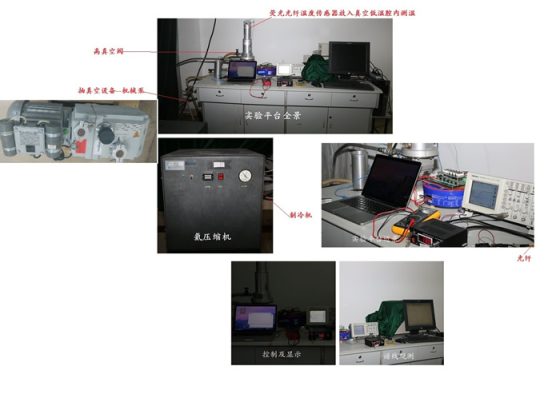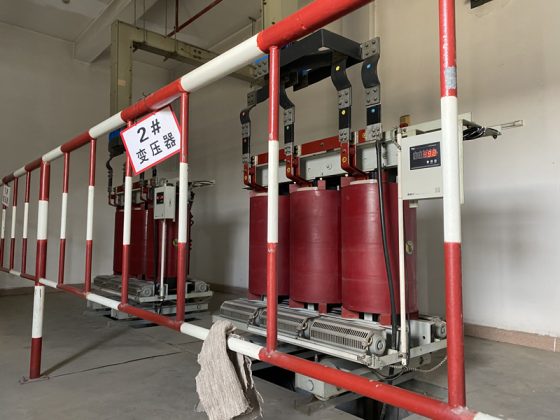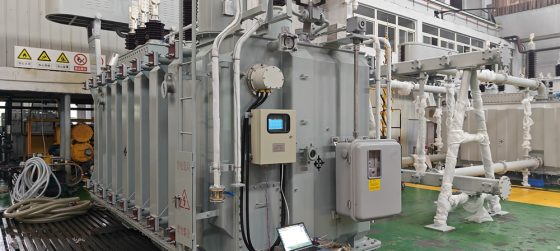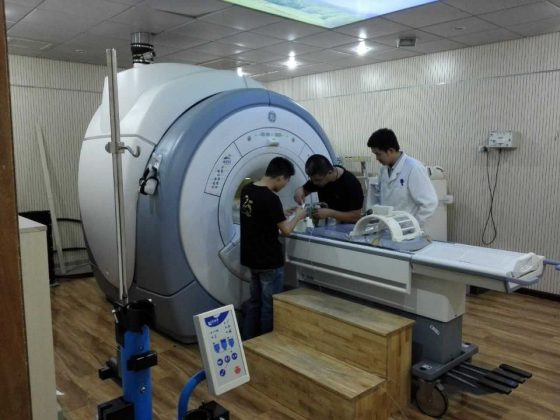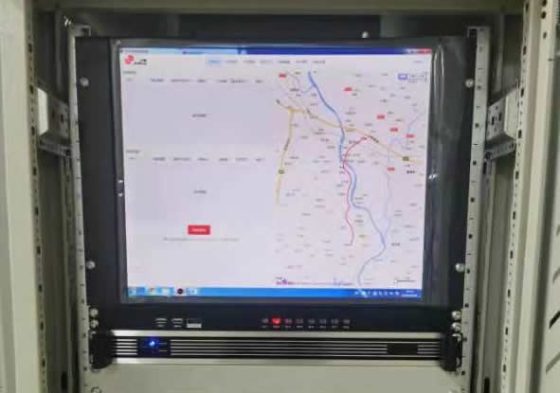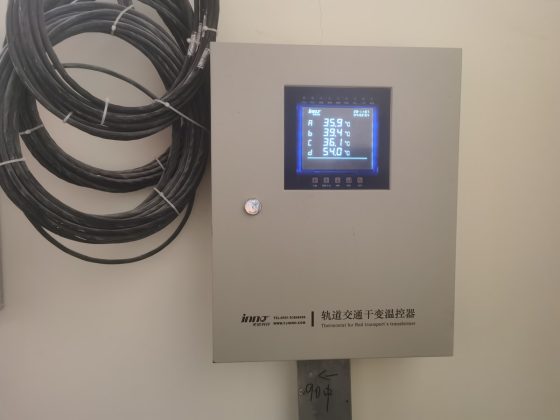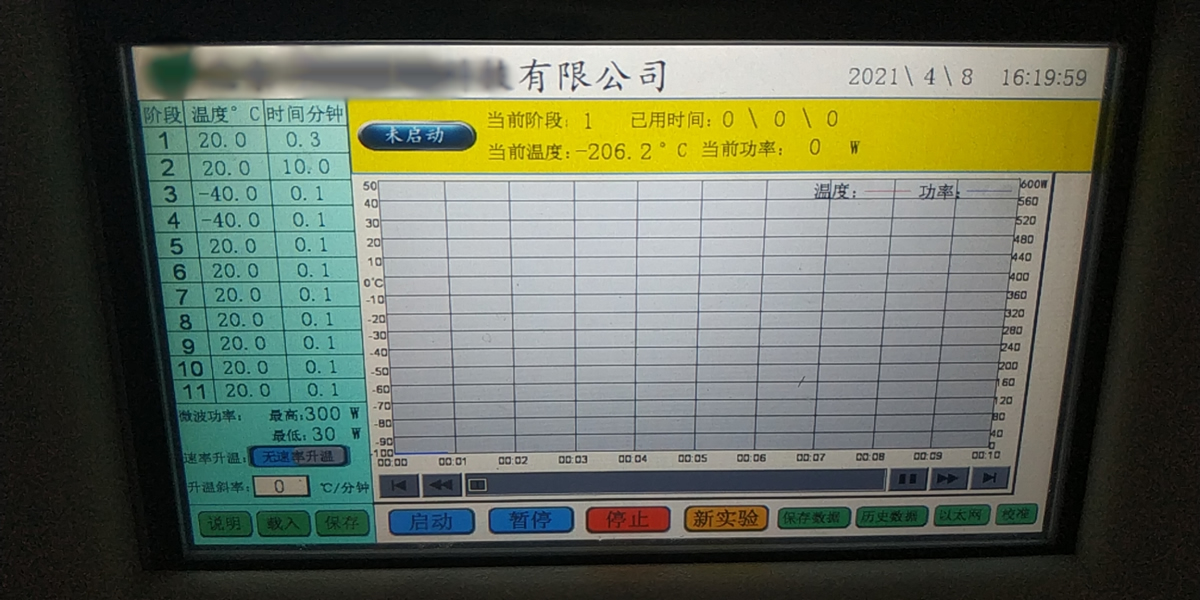

The use of fiber optic temperature measurement technology for temperature monitoring in sub zero low temperature environments has many unique advantages. Below, the advantages of fiber optic temperature measurement in low-temperature monitoring will be elaborated in detail from the aspects of stability, přesnost, safety, atd
Good stability, able to withstand extremely low temperature environments
Conventional electronic temperature sensors exhibit a sharp decline in performance or even fail at extremely low temperatures, while fiber optic temperature measurement is not affected by temperature. The fiber optic temperature measurement system uses quartz fiber optic as the sensor, and the melting point of quartz material is as high as 1700 °C. Even in ultra-low temperature environments of -200 °C, the fiber optic sensor can still maintain stable operation without performance degradation. This enables the fiber optic temperature measurement system to be reliably applied in ultra-low temperature situations such as liquid nitrogen, liquid oxygen, and liquid helium, as well as in fields such as low-temperature warehouses and cold chain logistics.
High precision and excellent temperature resolution
Ten fiber optic temperature measurement system utilizes the afterglow principle of fluorescent fiber optic to calculate the temperature of the environment in which the fiber optic is located by analyzing the instantaneous duration change of the fluorescent fiber optic. This temperature measurement principle determines that it has extremely high measurement accuracy and temperature resolution, and has obvious advantages compared to traditional temperature measurement components such as platinum resistors and thermocouples. High precision temperature measurement data can provide reliable basis for precise control of low-temperature environments.
Jiskrová bezpečnost, non electric and passive
The fiber optic itself is an electrical insulator. In the process of fiber optic temperature measurement, the fiber optic sensor does not contain any electronic components, and there is no current generation or flow. This inherent safety feature enables fiber optic temperature measurement systems to be safely applied in flammable and explosive environments, such as low temperature environments such as oil, natural gas, uhelné doly, atd. Meanwhile, due to the absence of source devices, fiber optic sensors do not require separate power supply, eliminating the worry of power failure and greatly improving system reliability.
Anti electromagnetic interference, more reliable measurement results
In a strong electric field environment, electronic temperature sensors are susceptible to electromagnetic interference, resulting in a decrease in temperature measurement accuracy. Fiber optic is completely unaffected by electromagnetic fields, and optical signals are not contaminated or attenuated. Proto, the measurement results of the fiber optic temperature measurement system are more accurate and reliable, making it very suitable for temperature monitoring in low-temperature areas with strong electromagnetic environments such as substations and power plants.
Small size, nízká hmotnost, flexible installation and use
Fiber optic sensors have a small diameter, nízká hmotnost, good flexibility, and can be bent freely, making installation very convenient. It has a small thermal contact area with the low-temperature tested object, small thermal inertia, and fast response speed. The characteristics of small size and light weight also make it easier to integrate fiber optic temperature measurement systems into various low-temperature equipment and devices.
Long lifespan with less maintenance, reducing usage costs
The fiber optic sensor is made of high-purity quartz glass, which has no mechanical wear and a long working life. Its optical performance has undergone strict screening and aging experiments, and its long-term stability is good. Fiber optic cables have strong corrosion resistance, Odolnost proti vysokému napětí, and tensile resistance, and can maintain performance under various harsh working conditions. The fiber optic temperature measurement system is calibration free and maintenance free, with low operating costs and high return on investment.
Stručně řečeno, fiber optic temperature measurement technology has many advantages such as good stability, high accuracy, jiskrová bezpečnost, Ochrana proti rušení, small volume, wide range, and long service life, and has obvious technical advantages and application value in zero to low temperature environment monitoring. In the future, with the further development of fiber optic sensing technology, fiber optic temperature measurement will be more widely used in the field of low-temperature measurement.
Teplotní senzor s optickými vlákny, Inteligentní monitorovací systém, Výrobce distribuovaných optických vláken v Číně
 |
 |
 |
 Teplotní senzory s optickými vlákny INNO ,Systémy monitorování teploty.
Teplotní senzory s optickými vlákny INNO ,Systémy monitorování teploty.

